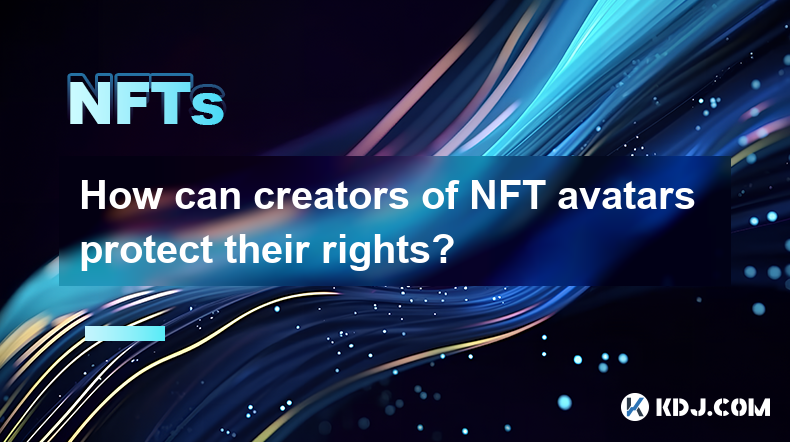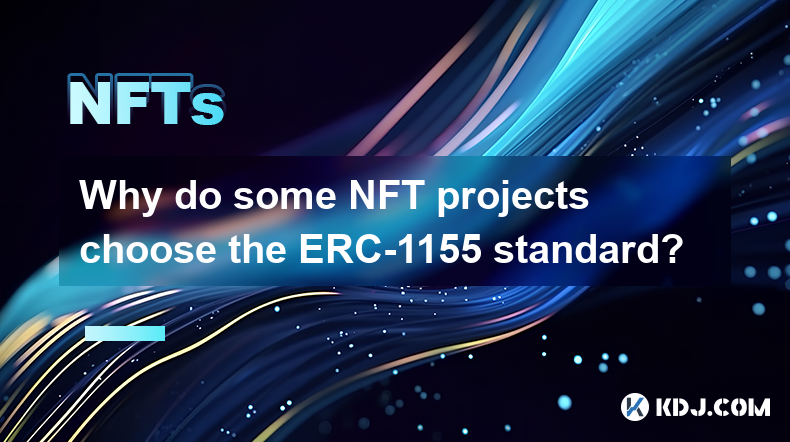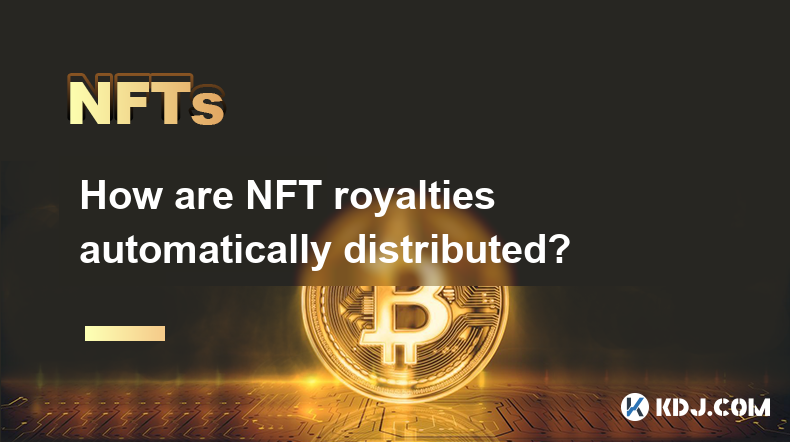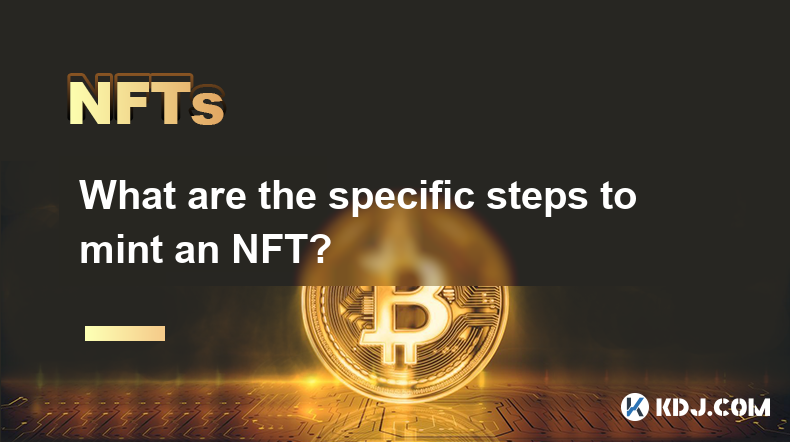-
 Bitcoin
Bitcoin $76,479.4701
-3.52% -
 Ethereum
Ethereum $1,469.1142
-5.46% -
 Tether USDt
Tether USDt $0.9993
-0.03% -
 XRP
XRP $1.7902
-4.83% -
 BNB
BNB $551.0674
-0.78% -
 USDC
USDC $1.0003
0.02% -
 Solana
Solana $105.4201
-1.56% -
 TRON
TRON $0.2301
0.50% -
 Dogecoin
Dogecoin $0.1423
-4.38% -
 Cardano
Cardano $0.5589
-4.51% -
 UNUS SED LEO
UNUS SED LEO $9.0173
0.56% -
 Toncoin
Toncoin $3.0027
-2.56% -
 Chainlink
Chainlink $10.9146
-4.73% -
 Stellar
Stellar $0.2207
-4.45% -
 Avalanche
Avalanche $16.1527
-4.24% -
 Shiba Inu
Shiba Inu $0.0...01066
-6.81% -
 Sui
Sui $1.9318
-3.99% -
 Hedera
Hedera $0.1462
-4.08% -
 MANTRA
MANTRA $6.2098
-1.18% -
 Dai
Dai $1.0001
0.01% -
 Bitcoin Cash
Bitcoin Cash $268.3547
-2.84% -
 Polkadot
Polkadot $3.3678
-6.32% -
 Litecoin
Litecoin $69.1437
-2.09% -
 Ethena USDe
Ethena USDe $0.9986
-0.03% -
 Bitget Token
Bitget Token $3.9888
-4.59% -
 Hyperliquid
Hyperliquid $11.6557
0.72% -
 Pi
Pi $0.5672
-1.97% -
 Monero
Monero $196.0247
-4.01% -
 OKB
OKB $51.1597
0.14% -
 Uniswap
Uniswap $4.7818
-6.32%
How can creators of NFT avatars protect their rights?
NFT avatar creators can protect their work by registering copyrights, using trademarks, and embedding smart contracts for royalties on blockchain platforms.
Apr 07, 2025 at 03:01 am

The world of Non-Fungible Tokens (NFTs) has opened up new avenues for creators, particularly those designing unique digital avatars. As the popularity of NFT avatars grows, so does the need for creators to protect their intellectual property rights. This article explores various strategies that NFT avatar creators can employ to safeguard their creations and ensure they receive the recognition and compensation they deserve.
Understanding NFT Avatars and Intellectual Property
NFT avatars are unique digital representations that are tokenized on a blockchain, making them verifiable and non-replicable. These avatars can represent characters, personas, or even real-life individuals in digital spaces. As with any creative work, NFT avatars are subject to intellectual property (IP) laws, which include copyrights, trademarks, and potentially patents. Understanding these rights is crucial for creators to protect their work effectively.
Registering Copyrights
One of the most straightforward ways to protect an NFT avatar is by registering its copyright. Copyrights protect original works of authorship, including digital art. By registering a copyright, creators gain a public record of their ownership, which can be crucial in legal disputes.
- Visit the copyright office website of your country.
- Fill out the necessary forms, providing details about your NFT avatar.
- Submit the required fee and a copy of your work.
- Await confirmation of your registration.
Using Trademarks
Trademarks can be used to protect the brand identity associated with an NFT avatar. If an avatar is part of a larger series or brand, registering a trademark can prevent others from using similar names or logos that could confuse consumers.
- Conduct a trademark search to ensure your chosen name or logo is unique.
- File an application with the trademark office, detailing the goods or services associated with your avatar.
- Pay the required fees and await examination.
- Respond to any office actions or objections if necessary.
Smart Contracts and Royalties
Smart contracts on blockchain platforms can be programmed to enforce certain rights automatically. For instance, creators can embed royalty mechanisms into their NFTs, ensuring they receive a percentage of any future sales.
- Choose a blockchain platform that supports smart contracts, such as Ethereum.
- Work with a developer or use a platform that allows you to set up smart contracts easily.
- Define the royalty percentage and conditions within the smart contract.
- Mint your NFT with the smart contract attached.
Licensing Agreements
Licensing agreements can be used to grant others the right to use your NFT avatar while retaining ownership. These agreements can specify the terms of use, duration, and any royalties.
- Draft a licensing agreement that clearly outlines the terms of use.
- Specify the duration of the license and any royalties or fees.
- Have the agreement reviewed by a legal professional.
- Ensure both parties sign the agreement before any use begins.
Watermarking and Digital Signatures
Adding watermarks or digital signatures to your NFT avatars can deter unauthorized use and help prove ownership. These methods can be particularly useful for displaying your work online.
- Use software to add a visible watermark to your avatar.
- Consider using a digital signature tool to embed an invisible signature.
- Regularly monitor online platforms for unauthorized use of your watermarked avatars.
Monitoring and Enforcement
Protecting your rights doesn't end with registration and agreements; it requires ongoing monitoring and enforcement. Regularly check for unauthorized use of your NFT avatars and take action when necessary.
- Use online tools to monitor the use of your avatars across the internet.
- Send cease and desist letters to infringers, demanding they stop using your work.
- If necessary, pursue legal action to enforce your rights and seek damages.
Community and Collaboration
Building a community around your NFT avatars can provide an additional layer of protection. A supportive community can help monitor for unauthorized use and promote your work.
- Engage with your audience through social media and other platforms.
- Collaborate with other creators to share knowledge and resources.
- Encourage your community to report any instances of unauthorized use.
Educating Yourself and Others
Staying informed about the latest developments in NFT technology and IP law is crucial. Educating yourself and others can help prevent unintentional infringement and strengthen your position.
- Follow industry news and updates on NFT platforms and IP laws.
- Attend workshops, webinars, and conferences related to NFTs and digital art.
- Share your knowledge with your community to raise awareness about IP rights.
Using Blockchain Platforms with Built-in Protections
Some blockchain platforms offer built-in features to help protect creators' rights. For example, platforms like Tezos and Flow have mechanisms to support creators in managing their IP.
- Research different blockchain platforms to find those with strong IP protection features.
- Consider using platforms that offer easy-to-use tools for setting up royalties and licensing.
- Stay updated on new features and updates that can enhance your protection.
Legal Assistance
While many steps can be taken independently, consulting with a legal professional specializing in IP and NFTs can provide invaluable guidance and support.
- Find a lawyer with experience in IP law and NFTs.
- Discuss your specific needs and the best strategies for protecting your NFT avatars.
- Consider ongoing legal support to monitor and enforce your rights.
Common Questions Related to Protecting NFT Avatar Rights
Q: What is the difference between copyright and trademark for NFT avatars?
A: Copyright protects the original artistic expression of an NFT avatar, while a trademark protects the brand identity, such as the name or logo associated with the avatar. Both are important for different aspects of protection.
Q: Can I protect my NFT avatar with a patent?
A: Patents are typically used for inventions and processes, not artistic works. However, if your NFT avatar involves a unique technological aspect, you might consider patent protection for that specific element.
Q: How can I ensure I receive royalties from future sales of my NFT avatar?
A: By using smart contracts on blockchain platforms like Ethereum, you can embed royalty mechanisms into your NFT. This ensures you receive a percentage of any future sales automatically.
Q: What should I do if I find someone using my NFT avatar without permission?
A: First, document the unauthorized use. Then, send a cease and desist letter to the infringer. If they do not comply, consider pursuing legal action to enforce your rights and seek damages.
Q: Are there any platforms that offer built-in protections for NFT creators?
A: Yes, platforms like Tezos and Flow offer features that support creators in managing their IP, including tools for setting up royalties and licensing agreements.
Q: How important is it to have a community around my NFT avatars?
A: A supportive community can help monitor for unauthorized use, promote your work, and provide a network of support and collaboration, which can be crucial for protecting your rights.
Q: Should I consult a lawyer for protecting my NFT avatar rights?
A: Consulting with a lawyer specializing in IP and NFTs can provide valuable guidance and support, especially for complex cases or ongoing protection needs.
Q: Can I use watermarks to protect my NFT avatars?
A: Yes, adding watermarks or digital signatures can deter unauthorized use and help prove ownership, making them useful tools for protecting your NFT avatars.
Q: How can I stay informed about changes in NFT technology and IP law?
A: Follow industry news, attend workshops and conferences, and engage with other creators to stay updated on the latest developments in NFT technology and IP law.
Q: What are the steps to register a copyright for my NFT avatar?
A: Visit the copyright office website, fill out the necessary forms, submit the required fee and a copy of your work, and await confirmation of your registration.
Disclaimer:info@kdj.com
The information provided is not trading advice. kdj.com does not assume any responsibility for any investments made based on the information provided in this article. Cryptocurrencies are highly volatile and it is highly recommended that you invest with caution after thorough research!
If you believe that the content used on this website infringes your copyright, please contact us immediately (info@kdj.com) and we will delete it promptly.
- "Cardano (ADA) Price Could Dip Below $0.60, Following Previous Market Cycle"
- 2025-04-09 05:10:12
- BONK, the well-known meme coin, has risen over 35% in the last week, attracting meme coin investors in the market. So, what caused this rally?
- 2025-04-09 05:10:12
- Bitcoin (BTC) Investors May Not Exactly Feel It, but BTC Has Been a Relatively Good Bet
- 2025-04-09 05:05:12
- Donald's Bitcoin (DONBTC) Could Turn Early Investors into Multi-Millionaires, Like Shiba Inu (SHIB) and Dogecoin (DOGE) Did
- 2025-04-09 05:05:12
- 6 Upcoming Kraken Listings That Could Be the Next Big Thing in Crypto
- 2025-04-09 05:00:13
- COTI Unveils New Privacy-Focused Blockchain to Reshape Web3 Transactions
- 2025-04-09 05:00:13
Related knowledge

Why do some NFT projects choose the ERC-1155 standard?
Apr 08,2025 at 11:49am
The world of Non-Fungible Tokens (NFTs) has seen a significant rise in popularity and innovation, leading to the development of various token standards. Among these, the ERC-1155 standard has emerged as a versatile and efficient choice for many NFT projects. This article delves into the reasons why some NFT projects opt for the ERC-1155 standard, explor...

How are NFT royalties automatically distributed?
Apr 08,2025 at 08:14pm
NFTs, or Non-Fungible Tokens, have revolutionized the digital art and collectibles market by providing a way to prove ownership and authenticity of digital assets. One of the most intriguing features of NFTs is the ability to automatically distribute royalties to creators whenever their work is resold. This article will delve into the mechanisms behind ...

What are the specific steps to mint an NFT?
Apr 08,2025 at 05:22pm
Introduction to NFT MintingMinting an NFT, or Non-Fungible Token, involves creating a unique digital asset on a blockchain. This process allows artists, creators, and collectors to tokenize their work, ensuring its authenticity and ownership. Understanding the steps to mint an NFT is crucial for anyone looking to enter the world of digital collectibles....

How does fractionalization work?
Apr 08,2025 at 07:42pm
How does fractionalization work? Fractionalization in the context of cryptocurrencies and blockchain technology refers to the process of dividing a single asset into smaller, more manageable pieces. This concept has revolutionized the way investors and users interact with high-value assets, making them more accessible and liquid. In this article, we wil...

What is the liquidity pool of NFTs?
Apr 08,2025 at 05:35pm
The concept of liquidity pools has become increasingly popular within the cryptocurrency and decentralized finance (DeFi) ecosystems. While traditionally associated with token swaps, the idea has extended to the realm of Non-Fungible Tokens (NFTs). Liquidity pools for NFTs are mechanisms that facilitate the trading and exchange of these unique digital a...

What are the common ways to participate in the NFT whitelist?
Apr 08,2025 at 08:28pm
Participating in an NFT whitelist can be an exciting opportunity for enthusiasts and investors looking to secure their spot in upcoming NFT drops. The whitelist often grants early access or special privileges, such as lower minting fees or guaranteed allocations. Here, we will explore the common ways to participate in an NFT whitelist, detailing each me...

Why do some NFT projects choose the ERC-1155 standard?
Apr 08,2025 at 11:49am
The world of Non-Fungible Tokens (NFTs) has seen a significant rise in popularity and innovation, leading to the development of various token standards. Among these, the ERC-1155 standard has emerged as a versatile and efficient choice for many NFT projects. This article delves into the reasons why some NFT projects opt for the ERC-1155 standard, explor...

How are NFT royalties automatically distributed?
Apr 08,2025 at 08:14pm
NFTs, or Non-Fungible Tokens, have revolutionized the digital art and collectibles market by providing a way to prove ownership and authenticity of digital assets. One of the most intriguing features of NFTs is the ability to automatically distribute royalties to creators whenever their work is resold. This article will delve into the mechanisms behind ...

What are the specific steps to mint an NFT?
Apr 08,2025 at 05:22pm
Introduction to NFT MintingMinting an NFT, or Non-Fungible Token, involves creating a unique digital asset on a blockchain. This process allows artists, creators, and collectors to tokenize their work, ensuring its authenticity and ownership. Understanding the steps to mint an NFT is crucial for anyone looking to enter the world of digital collectibles....

How does fractionalization work?
Apr 08,2025 at 07:42pm
How does fractionalization work? Fractionalization in the context of cryptocurrencies and blockchain technology refers to the process of dividing a single asset into smaller, more manageable pieces. This concept has revolutionized the way investors and users interact with high-value assets, making them more accessible and liquid. In this article, we wil...

What is the liquidity pool of NFTs?
Apr 08,2025 at 05:35pm
The concept of liquidity pools has become increasingly popular within the cryptocurrency and decentralized finance (DeFi) ecosystems. While traditionally associated with token swaps, the idea has extended to the realm of Non-Fungible Tokens (NFTs). Liquidity pools for NFTs are mechanisms that facilitate the trading and exchange of these unique digital a...

What are the common ways to participate in the NFT whitelist?
Apr 08,2025 at 08:28pm
Participating in an NFT whitelist can be an exciting opportunity for enthusiasts and investors looking to secure their spot in upcoming NFT drops. The whitelist often grants early access or special privileges, such as lower minting fees or guaranteed allocations. Here, we will explore the common ways to participate in an NFT whitelist, detailing each me...
See all articles






















































































